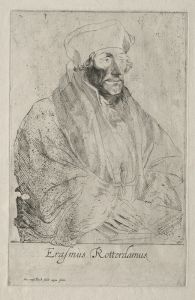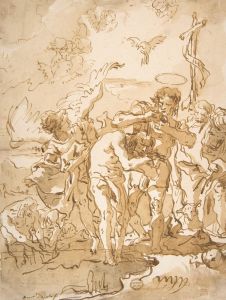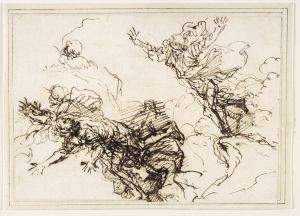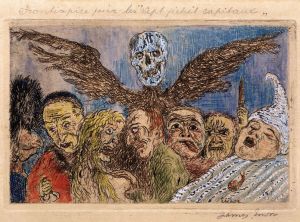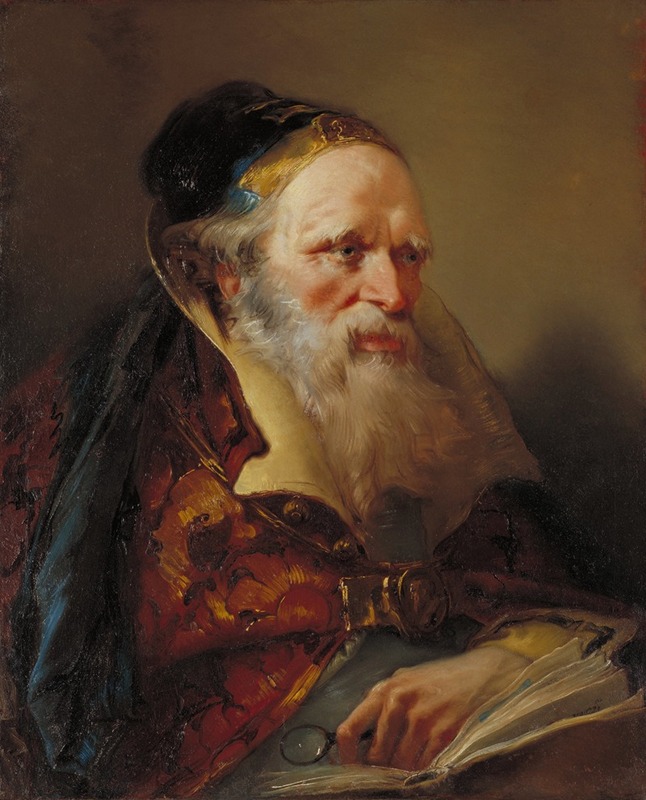
Head of a Philosopher
A hand-painted replica of Giovanni Domenico Tiepolo’s masterpiece Head of a Philosopher, meticulously crafted by professional artists to capture the true essence of the original. Each piece is created with museum-quality canvas and rare mineral pigments, carefully painted by experienced artists with delicate brushstrokes and rich, layered colors to perfectly recreate the texture of the original artwork. Unlike machine-printed reproductions, this hand-painted version brings the painting to life, infused with the artist’s emotions and skill in every stroke. Whether for personal collection or home decoration, it instantly elevates the artistic atmosphere of any space.
Giovanni Domenico Tiepolo, an Italian painter and printmaker, was a prominent figure in the 18th-century Venetian art scene. He was the son of the renowned artist Giovanni Battista Tiepolo and followed in his father's footsteps, contributing significantly to the artistic legacy of the Tiepolo family. One of his works, "Head of a Philosopher," exemplifies his skill in capturing character and expression.
"Head of a Philosopher" is a drawing that showcases Tiepolo's mastery in rendering human features with a sense of depth and personality. The piece is executed in black chalk, a medium that allows for subtle gradations of tone and texture, which Tiepolo uses to great effect in this work. The philosopher's face is depicted with a thoughtful expression, characterized by furrowed brows and a slightly downturned mouth, suggesting contemplation or introspection. This attention to emotional detail is a hallmark of Tiepolo's portraiture.
The drawing is part of a larger tradition of depicting philosophers and sages, a common theme in European art that dates back to the Renaissance. Artists often portrayed philosophers to convey wisdom and intellectual pursuit, and Tiepolo's work fits within this tradition. The philosopher's attire, typically simple and unadorned, further emphasizes the focus on intellectual rather than material wealth.
Giovanni Domenico Tiepolo was known for his versatility and ability to work in various media, including fresco, oil painting, and drawing. His works often featured religious, mythological, and genre subjects, reflecting the diverse interests of the Venetian art world during his time. Tiepolo's drawings, such as "Head of a Philosopher," were not merely preparatory studies for larger works but were appreciated as finished pieces in their own right. They demonstrate his keen observational skills and his ability to convey complex human emotions with minimal means.
The context in which "Head of a Philosopher" was created is significant. The 18th century was a period of Enlightenment, where intellectual and philosophical inquiry was highly valued. Artists like Tiepolo were influenced by these cultural shifts, and their works often reflect the era's emphasis on reason and knowledge. While it is not explicitly known whether this particular drawing was intended to represent a specific philosopher or a more generalized ideal of philosophical thought, it nonetheless captures the spirit of the time.
Giovanni Domenico Tiepolo's contributions to art extend beyond his individual works. He played a crucial role in continuing the Tiepolo legacy, working alongside his father and later establishing his own reputation. His drawings, including "Head of a Philosopher," are celebrated for their technical proficiency and expressive power, securing his place in the history of art.
Today, "Head of a Philosopher" is appreciated not only for its artistic merit but also for its insight into the intellectual climate of 18th-century Europe. It serves as a testament to Tiepolo's ability to blend technical skill with a deep understanding of human nature, making it a valuable piece for both art historians and admirers of portraiture.






